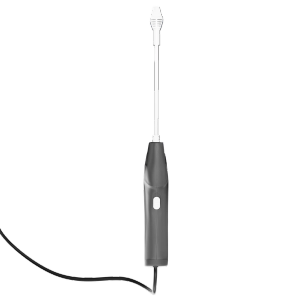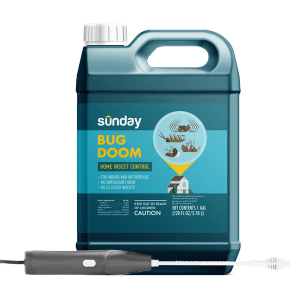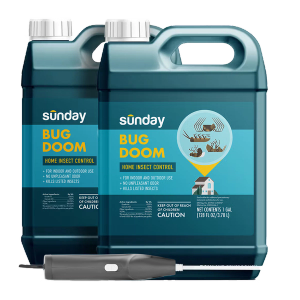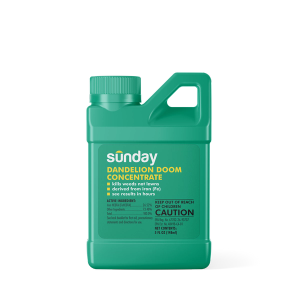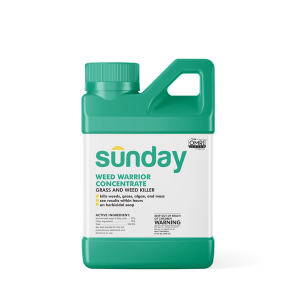A lawn with a fire ant issue will result in unsightly mounds in the lawn and sometimes throughout the yard. While usually harmless, if disturbed, these ants can inflict painful stings on people and pets.
How to ID fire ants
If you’re in the south and see large mounds in your lawn, look for small, ‘fire-red’ colored ants, about 1/8 to 1/4 inches in length. They have a waist consisting of two distinct nodes, or bumps, between the middle and rear body segments.
Where do fire ants live?
Fire ants are only found in the southern regions of the U.S. Their nests, or mounds, are found primarily outdoors within the lawn and landscaped areas. The mounds of soil are no more than 18 inches in diameter, tend to be symmetrical, and are dome-shaped. Mounds in sandy soils will be similarly sized but more irregularly shaped.
What happens if I disturb a fire ant mount?
When disturbed, small red ants will flood out and will inflict multiple painful stings on whoever is messing with their mound. This is important to know because these ants reside in large colonies consisting of one or many queens and can contain up to 100,000 worker ants. That means if you, your family, or your pet disturb the mound, hundreds or even thousands of ants will come pouring out in defense of their home. Ouch!
When are fire ants active?
These ants are typically active between early spring to fall and can remain active into winter months. The optimal time for foraging and fire activity in lawns occurs between 72 degrees and 96 degrees Fahrenheit.
Sunday Tip:
Fire ants can become active as soon as soil temps hit 56 degrees Fahrenheit and remain active in ambient temperatures up to 123 degrees Fahrenheit.
Natural pest prevention and reduction practices
Unfortunately, there’s rarely a sustainable solution for homeowners to coexist with fire ants. This is especially true if you want your family and pets to avoid painful stings. You can get ahead of a major fire ant infestation by:
- Monitoring. Look for fire ant mounds and fire ant presence if you live in a southern region or an area prone to fire ants
- Correctly IDing fire ants. Identifying the pest correctly will help you identify a potential infestation as soon as possible
- Staying away from mounds. When you do find fire ants in your lawn, mark the area with flagging or posts and avoid the area until you can properly treat it
How to get rid of fire ants
The most practical and proven method to manage fire ants is utilizing baits. This way, the fire ants actually do all of the control treatment for you. How does that work? Enter the Sunday Fire Ant Fighter method:
Locate the mound
Be careful not to disturb it.
Measure out 4-6 tablespoons of Sunday's Fire Ant Fighter product
Place between four and six tablespoons around the mound. Use six tablespoons for larger mounds.
Watch from a distance
Watch as the well-placed bait attracts the fire ants. They'll start carrying it back to their mound.
Wait 3-14 days
Keep an eye on the mound for 3-14 days to see if the bait was effective.
Enjoy your yard again
Once the ants are gone, the grass will start to fill in, and you can enjoy peace of mind as your kids and pets run freely in the yard.
Sunday Tip:
If fire ant activity persists or the mound is really big, apply another round of bait. If the treatment was effective, level and patch the mound and bare soil areas within your lawn.
Helpful tips for best results
- Make sure you apply bait during optimal foraging temperatures for fire ants (72°F to 96°F)
- Don’t apply bait if there’s rainfall or heavy wind forecasted
- Always read and follow label instructions
- After treatment, patch any leftover bare spots on your lawn with Sunday grass seed
Cited sources
Ants. Cornell University.
Red Imported Fire Ant. NC State University.
Red Imported Fire Ant. University of California.







